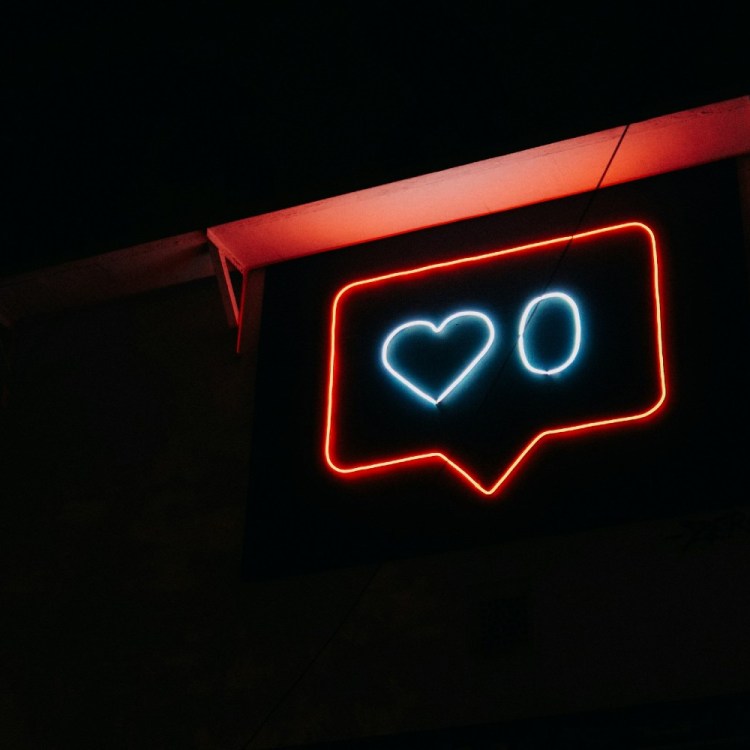Museums, as a whole, aren’t too into the idea of visitors touching the artwork on display. That’s entirely understandable, for plenty of reasons. (“Are there fingerprints on these paintings?” is not a question anyone wants to hear asked when looking at art.) But it’s also worth considering the ways that the pandemic has altered many people’s relationship with public spaces — and the way artists might be using their work to explore those changes.
Writing at Hyperallergic, Daniel Larkin weighed in with thoughts on this year’s Yale Sculpture Graduate Thesis Show. Larkin describes the work on display there as “sculptures that are begging to be touched but are not actually designed to be” and argues that the art found there abounds with a sense of “yearning — heightened during quarantines.”
The art on display at Yale isn’t alone in this quality, though. Last month, Will Heinrich reviewed a new show of artist Richard Tuttle’s work for The New York Times. The show consists of collages Tuttle created, along with a number of objects from his collection, recently donated to the Bard Graduate Center.
“[V]isitors are allowed to handle the curios,” Heinrich notes — and goes on to make the case for “what a serious challenge it is to ordinary exhibitions.” Here, too, Heinrich observes the contrast between the screen-based interactions many people have had in abundance over the last two years and the more fully immersive experience on display in the show of Tuttle’s work. Could this be the beginning of a new trend? It doesn’t seem far-fetched to think so.
Thanks for reading InsideHook. Sign up for our daily newsletter and be in the know.












